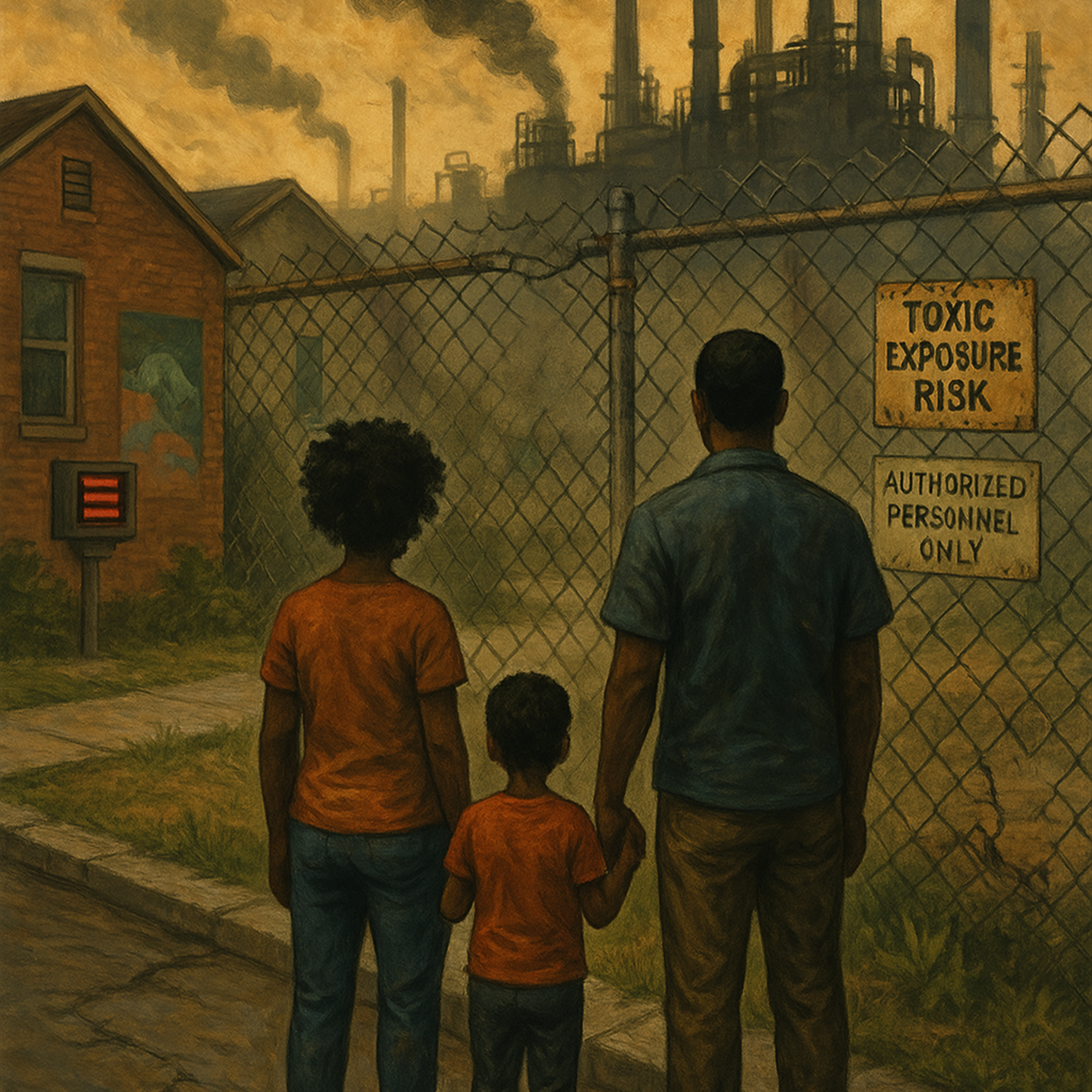Unmasking the Layers of Environmental Racism: An Urgent Call for Justice and Awareness
Toxic Truths, Pollution Privilege, and Color-Coded Contamination
Environmental racism is a complex issue, intricately interwoven into the tapestry of systemic inequalities that have shaped the United States. In this blog post, inspired by a recent episode of "Ayana Explains It All," we delve into the toxic truths of environmental discrimination and the socioeconomic forces that perpetuate it.
Understanding Pollution Privilege
The disparity in environmental protections is starkly evident when examining the cases of marginalized communities facing hazardous pollutants and contaminants. Often these areas are sacrificed for corporate interests, as seen in places like Memphis, Tennessee, and Cancer Alley, Louisiana. This reflects a disturbing systemic negligence deeply rooted in racial biases that prioritize profit over human lives.
The Role of Politics in Environmental Justice
Politics play a pivotal role in shaping environmental policies that affect marginalized communities. The current administration's stance on environmental regulations, including the rollback of essential protections, further amplifies the plight of those already burdened by pollution and industrial encroachment. It’s crucial to hold elected officials accountable to ensure that they prioritize the health and safety of all communities, especially those disproportionately affected by environmental hazards.
Case Studies: Environmental Injustices Across the U.S.
Several case studies highlight the ongoing struggle for environmental justice:
- **Cancer Alley, Louisiana:** Industrial plants in this region have been releasing chemicals for decades, resulting in high cancer rates among predominantly African American communities.
- **Memphis, Tennessee:** The construction of Elon Musk’s AI supercomputer in South Memphis, without adequate pollution controls, has led to severe air quality issues, affecting residents' health.
- **Flint, Michigan:** The infamous water crisis underscores systemic negligence with racial underpinnings, demonstrating the urgent need for sustainable policy changes
Environmental Racism: A Historical Context
Environmental decisions have historically favored affluent neighborhoods at the expense of marginalized communities. From the strategic placement of industrial zones in the mid-20th century to recent pipeline projects threatening indigenous lands, such systemic injustices reveal a persistent pattern of exploitation and neglect.
The Fight for Environmental Justice
Addressing environmental racism requires a multifaceted approach, involving stronger regulatory frameworks and the amplification of grassroots advocacy. Education and awareness are critical. Communities affected by pollution must be empowered to demand justice and hold perpetrators accountable.
Conclusion: The Path Forward
Environmental racism is a multifaceted issue deeply embedded in the systemic injustices of American society. The fight for cleaner air, safer water, and healthier communities is far from over. It requires collective action, political will, and an unwavering commitment to prioritize human lives over corporate profits. We must continue to educate ourselves and others, using social media and community organizing to raise awareness and influence policy changes. This is not merely an environmental issue—it is a fight for human rights and dignity for all.
For further insights into these discussions, listen to the full episode of "Ayana Explains It All."




